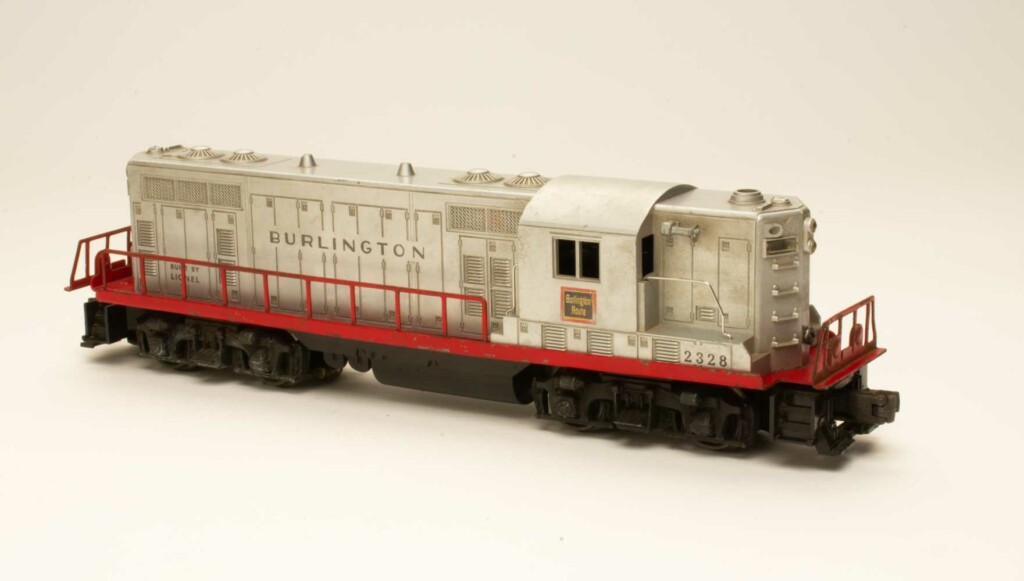
It’s not hard to give a postwar Lionel GP7 a new lease on life. Unless they’ve really been abused, these workhorses can be returned to service with some cleaning, adjustment, and maybe a little lubrication. This particular model had been stored for years in a dry climate. Additionally, the previous owner had removed the D-cell […]
Read More…
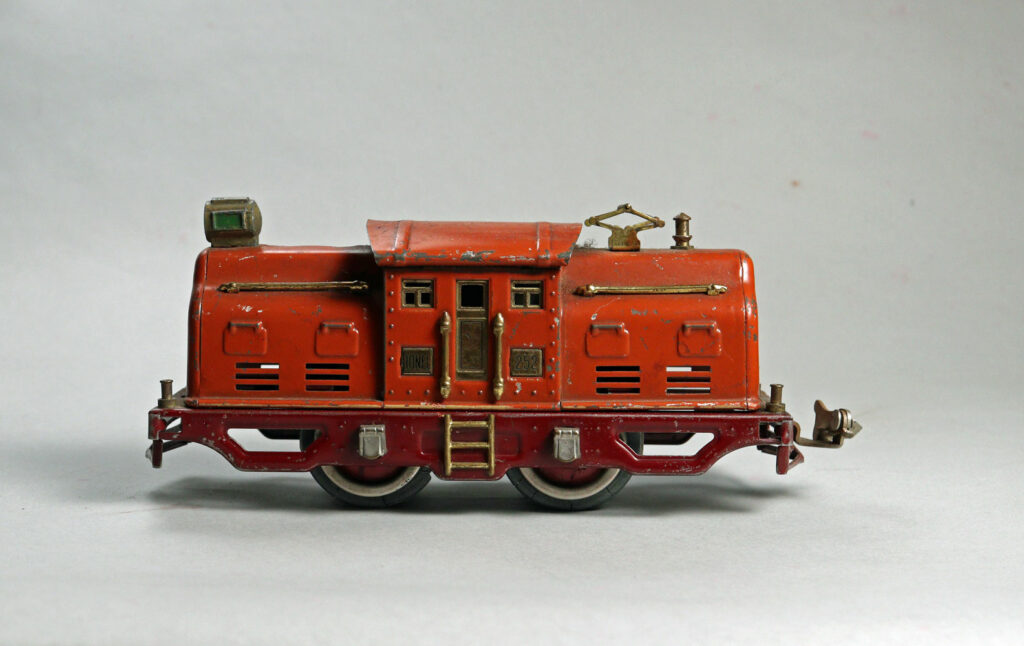
Lionel prewar locomotive parts are readily available these days, allowing you to return your vintage motive power to the job. One of the great things about old Lionel engines – even really old ones – is they generally will run, even after decades of disuse. This prewar 252 electric, made in the early 1930s, is […]
Read More…
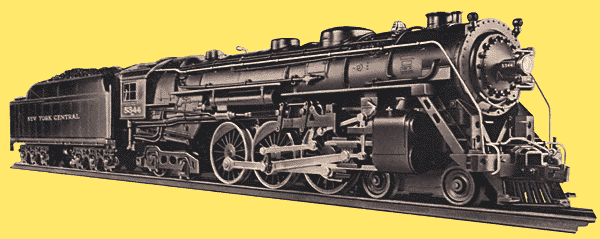
Get your old trains running again! It’s time to take them out of the boxes and have some fun. In this chapter from Beginner’s Guide to Repairing Lionel Trains, Ray L. Plummer offers advice on how to do it. Get your old trains running again “Old electric train” – that’s what it says on the […]
Read More…
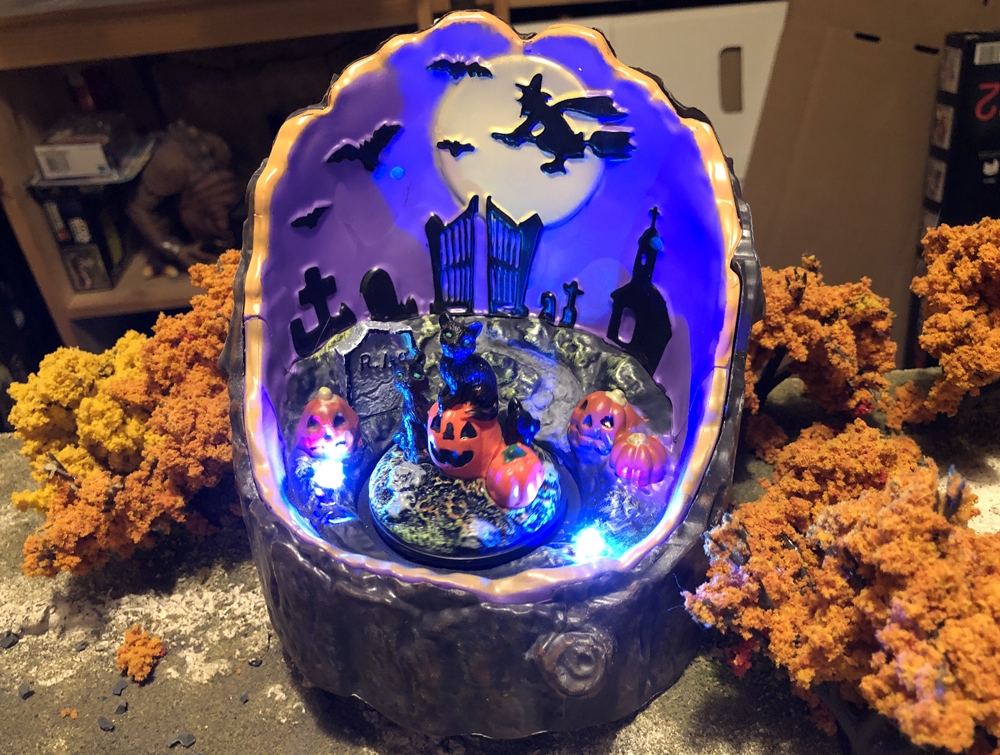
An easy Halloween project for your O gauge railroad is sprucing up a store-bought holiday item to add to your layout. With a few supplies, you can complete this project. It’s appropriate for all skill levels, too, so the kids can help! While browsing the Halloween section at Menards, my husband found some fun décor […]
Read More…
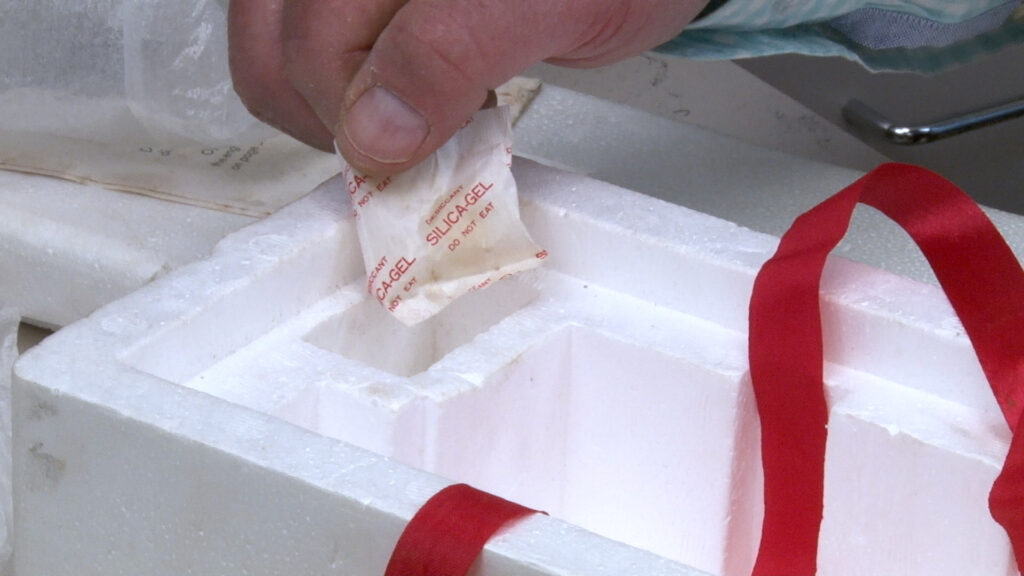
Water is the enemy of toy trains. But we have tools to fight back. In fact, they might already be in your train box, and if they’re not, they should be. You can prevent rust and mold with silica gel. Science to the rescue What I have here is a locomotive that sat in a […]
Read More…
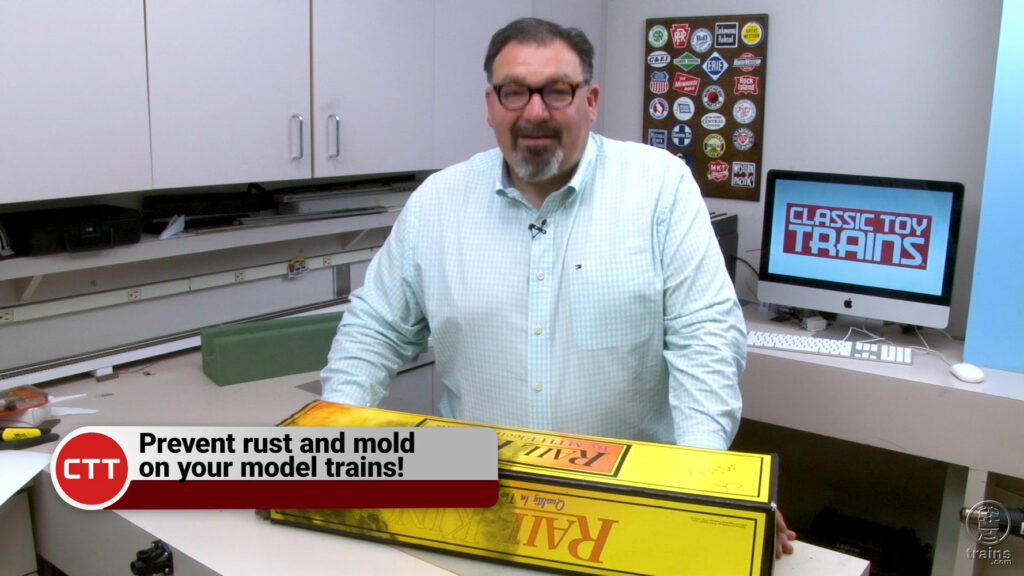
Those little packets of silica gel that come in model train and other boxes are there for a reason – to keep moisture away from your valuable items. Classic Toy Trains Editor Hal Miller tells you how they work and where you can get more if you’ve thrown yours away. […]
Read More…
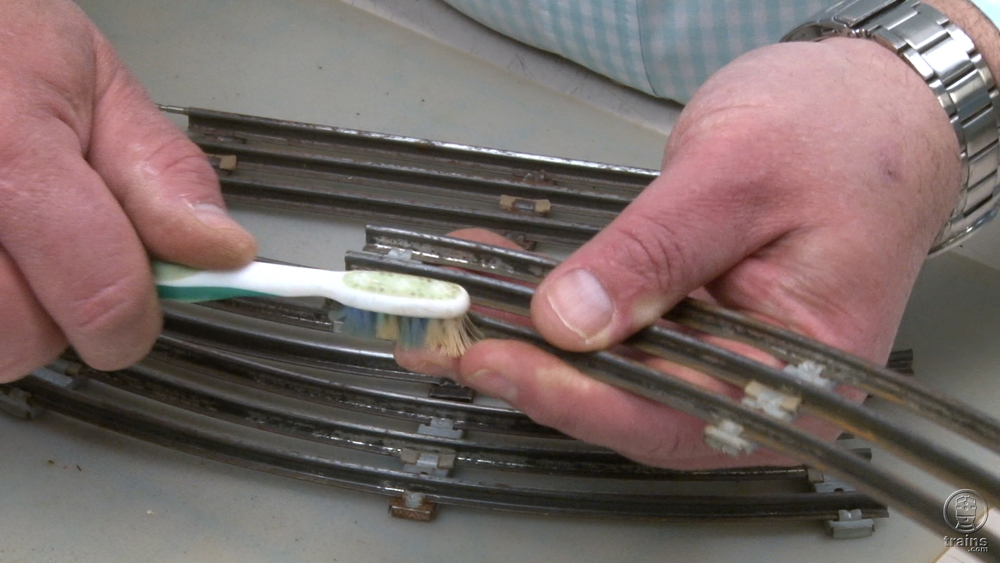
When it comes to buying used track, should you or shouldn’t you? While buying new track means a more pristine look, it also means more money. However, if you have the time, a more cost-efficient method is buying used track, since you can always clean it up to look like new. It only takes a […]
Read More…
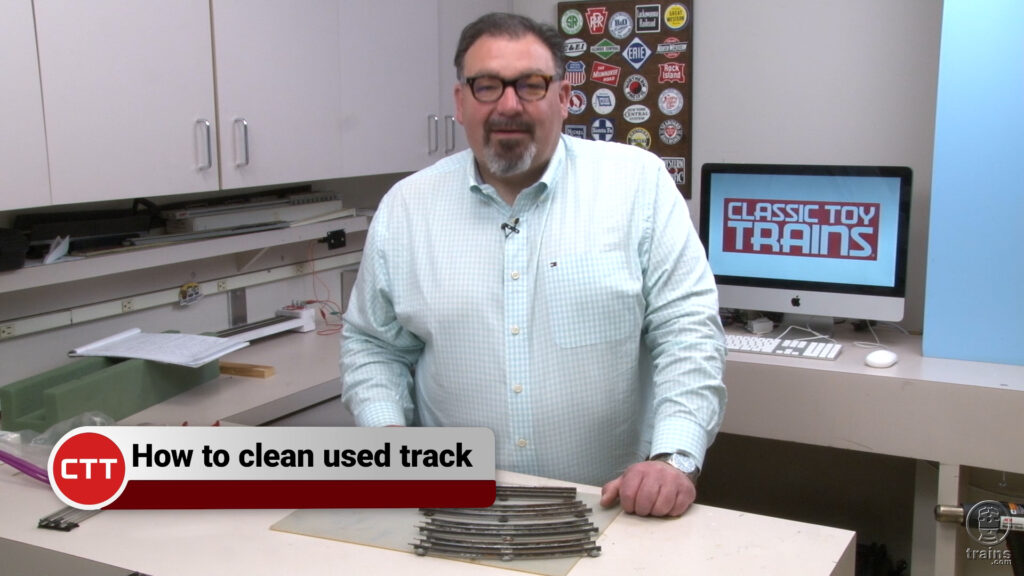
Bought or inherited a load of tubular track? CTT editor Hal Miller shows his method of cleaning it up and getting it ready for trains to run properly on. This technique will help get rid of dirt and light rust, and help modelers avoid a few pitfalls that could be detrimental to operation. […]
Read More…

In this Workbench Minute video, CTT editor Hal Miller shows the basics of locomotive lubrication with O gauge diesel. The techniques are also useful on steam engines and locomotives in S gauge, too. He shows what to use (and where to get it), where to use it, and reinforces the idea that less is more […]
Read More…

Hal Miller continues his Workbench Minute series showing how to clean a Lionel no. 97 elevator. He uses a cleanser that’s both safe for his skin and the model to wipe away decades of dust and grime. […]
Read More…
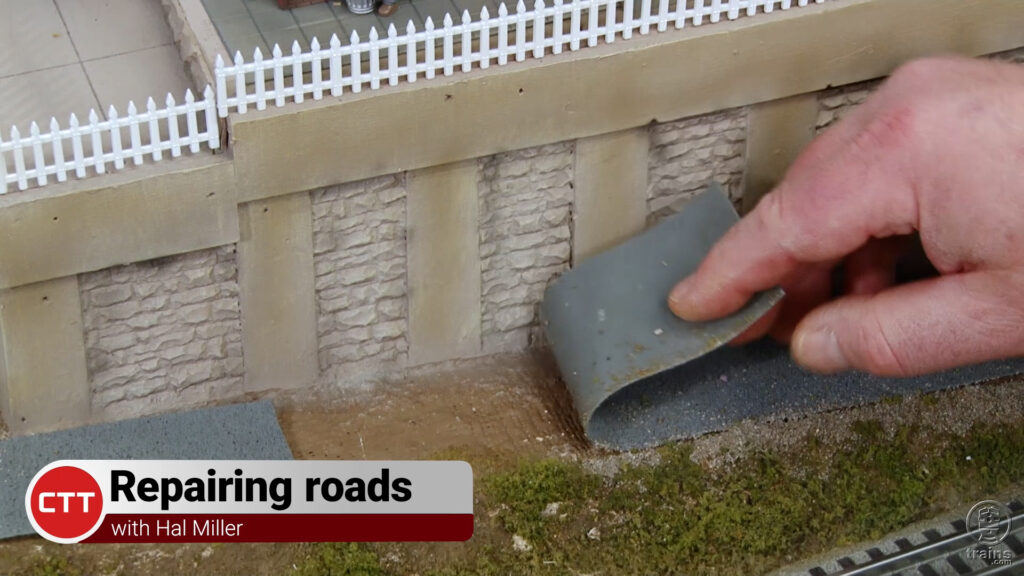
Hal Miller repairs peeling roadway material on the City Transfer & Terminal, an O gauge layout showcased in Classic Toy Trains articles and videos throughout 2018. With the original adhesive backing now dry and no longer tacky, Hal shows how silicone caulk can be used to affix the roads to the layout for good. […]
Read More…
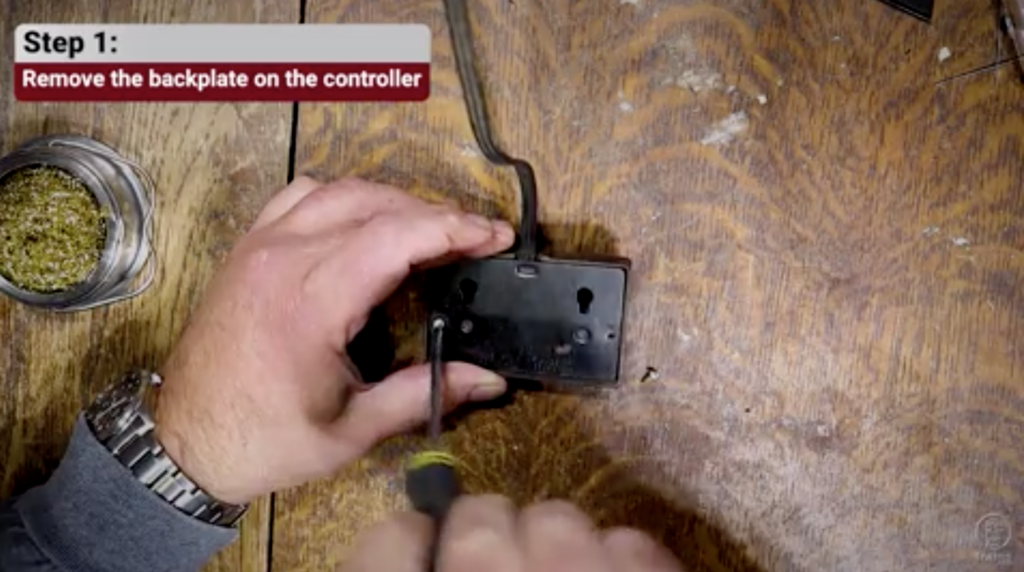
In this Classic Toy Trains How-to Minute, editor Hal Miller replaces the crumbling 3-conductor cable on a postwar RCS controller that goes with the Lionel No. 97 Coal Elevator. New 3-conductor cable is available from a variety of sources that deal in vintage toy train parts and the technique is applicable to a number of […]
Read More…












